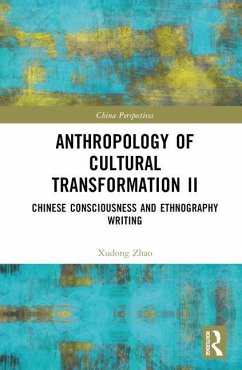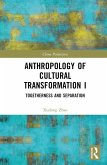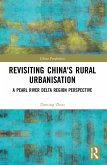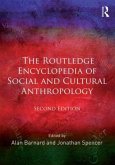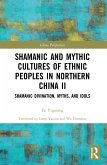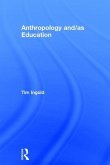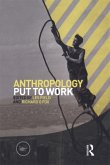This book is the second of a two-volume set on the anthropology of cultural transformation. It examines how cultural consciousness enriches and reshapes the vision of anthropology and ethnographic writing.
Anthropology in the twenty-first century is confronted with a worldview of cultural transformation based on communication, collision, and interaction among cultures around the globe. This two-volume set aims to reorient the role and function of anthropology by focusing on reconstructing knowledge and cultural consciousness to better imagine and realize the synergetic interaction between different cultures and civilizations. The second volume begins with a case study of the demolition of urban areas in Beijing, revealing a reinvention of public cultural representation. It then explores the new paths and missions of Chinese anthropological studies and ethnographic writing, which should be grounded in China's indigenous consciousness and cultural reservoir.
The title will appeal to anthropologists, students, and general readers interested in anthropology, sociology, and ethnography.
Anthropology in the twenty-first century is confronted with a worldview of cultural transformation based on communication, collision, and interaction among cultures around the globe. This two-volume set aims to reorient the role and function of anthropology by focusing on reconstructing knowledge and cultural consciousness to better imagine and realize the synergetic interaction between different cultures and civilizations. The second volume begins with a case study of the demolition of urban areas in Beijing, revealing a reinvention of public cultural representation. It then explores the new paths and missions of Chinese anthropological studies and ethnographic writing, which should be grounded in China's indigenous consciousness and cultural reservoir.
The title will appeal to anthropologists, students, and general readers interested in anthropology, sociology, and ethnography.

